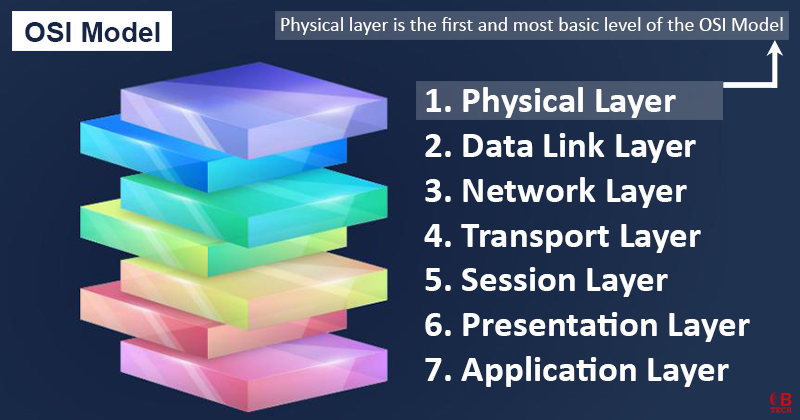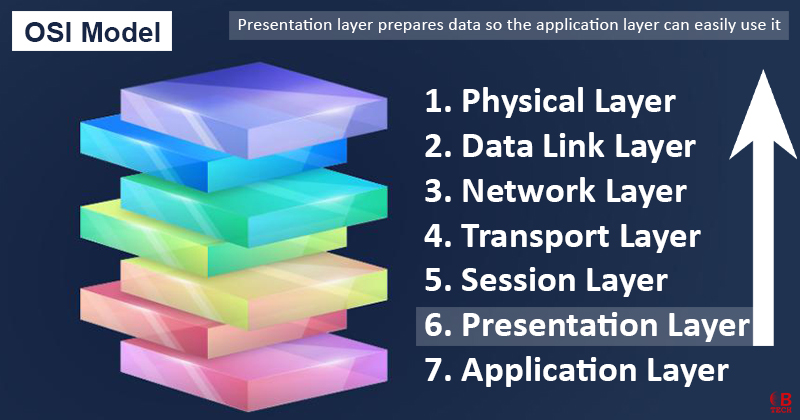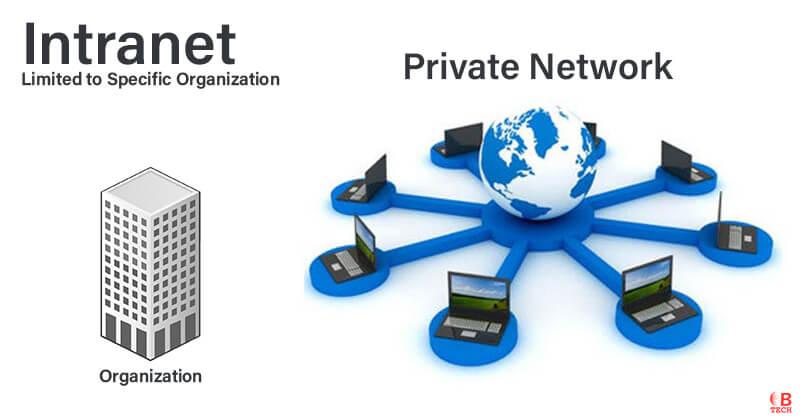What is Meant by Physical Layer?
The physical layer is the first and most basic level of the OSI Model which is a framework used to understand network interactions. It focuses on the transmission of raw data bits over a physical medium like cables or wireless systems. This layer includes all the hardware parts necessary for connection like wires, connectors, network cards and other physical aspects necessary for data transfer.
At this layer, the main job is to manage how devices connect and communicate over physical connections. It does not however deal with the types of materials used for cables (such as copper or fiber). Instead, it ensures that the data bits flow smoothly from one point to another through the right hardware setups according to network requirements.
Simplifying the Physical Layer
“The physical layer is the foundational level of the OSI Model focused on setting up the physical aspects of a network to allow data to be sent successfully. This layer involves choosing and setting up the right types of cables, connectors and transmission methods which can vary based on the specific needs of the network.”
At this layer, data from the second layer (the data-link layer) is converted into electromagnetic signals. These signals can be either digital (like electrical pulses) or analog (like continuous waves) and they travel through different media such as wires or wirelessly.
The quality and type of the physical layer can affect how well these signals travel. Issues like noise, signal loss and interference can degrade the signals which impacts the speed and accuracy of the data being sent. The physical properties of the transmission media also limit the maximum speed and reliability of the network.
Transmission Media Types
- Guided media: Uses physical paths like cables and fiber optics.
- Unguided media: No physical connections using the air for wireless transmission. This means the data could potentially be intercepted by others besides the intended recipient.
The physical layer also manages how devices share and access network resources, preventing data collisions and ensuring data flows smoothly between the sender and receiver. It handles various tasks like:
- Modulating signals for transmission.
- Ensuring bit-by-bit data delivery.
- Encoding data for transmission.
- Synchronizing bits in a serial communication.
- Managing network traffic to prevent data loss and ensure reliable connections.
Common Physical Layer Protocols Include
- Ethernet for wired connections.
- Bluetooth for short-range wireless communication.
- USB for connecting various peripherals.
- Digital Subscriber Line (DSL) for internet over telephone lines.
The physical layer is essential for the basic transmission of data across a network and sets the groundwork for higher-level network functions.



